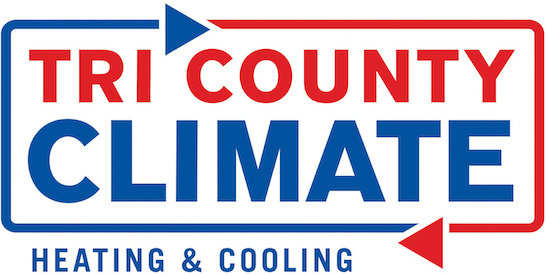
If you’re needing air conditioner installation in Bend, you should also be looking at your new air conditioner’s SEER rating.
SEER stands for Seasonal Energy Efficiency Rating. Simply put, it gauges how effective your air conditioner is at changing electricity into chilled air. A greater number signifies your air conditioner is more efficient, which is great for your cooling bills.
However, there are lots of differing models on the market for air conditioners. And a better SEER ranking frequently includes a bigger price. So, how can you determine which one is ideal for your residence?
At Tri County Climate Control LLC, we offer a free, no-pressure home comfort analysis. You can book one by contacting us at 541-546-1393. Our experienced air conditioner installers will partner with you to help you find the right air conditioner for your home. Plus, they’ll also give you a free, no-obligation estimate.
Right now, let’s discuss SEER ratings and how they can influence your home’s comfort. And your energy costs.
What Does the SEER Rating Even Matter?
In 2016, the federal government developed new SEER rules. New air conditioners are required to be at baseline 13 SEER in the north United States and 14 SEER in the southeast and southwest. If you don’t know when you had your air conditioner put in or what its SEER rating is, you can look at the sticker on the system outside your residence. If you can’t see the sticker, you can get in touch with us at 541-546-1393 for assistance.
If your air conditioner was put in prior to that year, it’s presumably much less efficient. Air conditioning technology has quickly advanced in the past few years, with major developments in energy efficiency and smart home capacity. Using your new air conditioner with a smart thermostat could help you conserve more on utility bills, since the thermostat can intuitively regulate your temperature settings when you’re away.
If your present air conditioner has a SEER rating between 8 and 10, installing a 14-SEER system could save you close to 30–50% on annual cooling bills. Your savings are tied to your air conditioner size and your temperature settings.
Is the highest SEER Rating the Best?
An air conditioner with a better SEER rating will be more efficient at transforming electricity for cooling. The highest efficiency models, which can go as big as 26 SEER, have ENERGY STAR® designation. This certification shows the air conditioner meets EPA guidelines for energy savings and environmental conservation.
While ENERGY STAR air conditioners are frequently more costly, you’ll normally get the difference returned over time through cheaper utility costs. These air conditioners, which are generally rated 16 SEER and better, need about 8% less energy than other new models, according to ENERGY STAR.
One of the largest differences between a 14 SEER and 16 SEER is variable-speed capacity. A variable-speed air conditioner can run at a number of speeds. This refines comfort for your house while keeping your utility expenses low. It can also keep temperatures and humidity more even, since it can run for longer without consuming a lot more electricity.
When installing a variable-speed air conditioner, you’ll have to ensure that your furnace or air handler is compatible. This is because your air conditioner uses this equipment’s blower to send cool air around your residence. Furnaces only run for about 20 years, so if yours is around that mark, we recommend furnace installation at the same time so you can enjoy all the advantages of your variable-speed air conditioner.
When you’re prepared to replace your air conditioner, the cooling specialists at Tri County Climate Control LLC are here to assist you. Call us at 541-546-1393 to set your free home comfort analysis now.

